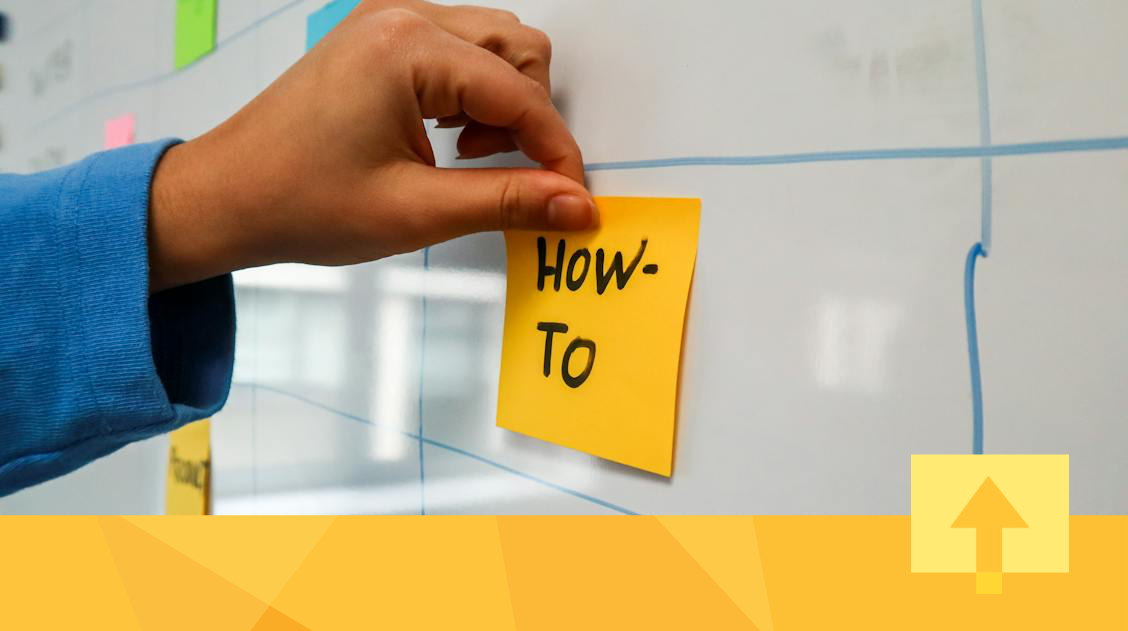Plagiarism is a major problem in the publishing world. It affects everyone, from authors to publishers, and everyone in-between. While plagiarism might not be the most common problem that you will face, it is one of the most serious ones. Not being careful can result in plagiarism being missed. And not spotting it can have major impacts on your journal’s reputation.
In an ideal world, all authors would run their work through a plagiarism checker before submission, but that’s not the case. The most common form of plagiarism is called unintentional plagiarism. We’ll discuss this in future articles as well, but briefly, remember that accidents happen. Just because plagiarism is found in a submission, it doesn’t mean that it was intentional.
Because potential authors want to know that they’re publishing in a reputable journal, you need to do everything you can to make sure there is as little plagiarism as possible in your journals.
What is plagiarism?
The Oxford Dictionary defines plagiarism as,
“[T]he practice of taking someone else’s work or ideas and passing them off as one’s own.”
Importantly though, it’s worth noting that not all plagiarism is ill-intentioned. Sometimes, the reason for plagiarism might be an accident. But this does not change what it is. If work is being misrepresented as belonging to someone else, then it needs to be corrected and fixed.
What is accidental plagiarism?
Not all plagiarism is on purpose. Sometimes, plagiarism can occur in cases where citations are incorrectly done. Keeping in mind that plagiarism occurs when work is not correctly attributed to source, sometimes citations can be missed.
When this happens, it is critical that it be addressed as soon as possible. In some cases, this means that an amendment needs to be added to a published paper. These are often called “Corrections”. Corrections can be used to address cases where a citation was missed or incorrectly placed in a paper. In these cases, while the journal’s reputation might take a minor hit because of the situation being missed in the first place, it can be forgiven.
In order to ensure that accidental plagiarism doesn’t happen, there are several systems that you can establish to help.
How peer review can help
Despite there being a number of viable software programs or services to help with plagiarism, another way to check for plagiarism is in the peer review phase.
A thorough peer review process requires that research be given to experts in the field so that they can check the work. Among the different elements that a peer reviewer will verify, is that what is being claimed is accurate. As such, many peer reviewers are well versed in the subject matter. This includes a strong understanding of others have published.
Peer reviewers are not software—they can miss things, but they often serve as a good support to making sure that plagiarism doesn’t happen. In many cases, a peer reviewer will note that something has not been cited correctly, and the authors would then address it.
Remember, peer review can help, but they are not a guarantee.
Checkers or detectors
Plagiarism checkers (also called detectors) are tools that can scan a document and then compare it to existing works. There are many different options available, but you want to make sure that you do your research. Choosing the wrong detector for your needs can potentially result in a costly bill for an unnecessary service.
Make sure that you avoid basic options, or free ones. You want to ensure that the tools you use are specialized for what you need. We will review the individual options at a later date.
Integrating checkers into your pipeline
Once you’ve selected the best checker for your needs, the next step is to make sure that it gets used in the pipeline. To learn more about how a pipeline can help your publishing process, we encourage you to read other articles we’ve written.
Using a journal management system allows you to easily add this to the process. If you don’t use a journal management system, you’ll want to make sure that your training materials are updated.
Adding this information to your guidelines is critical. But it’s not the only thing that you should do. Hands-on training is important as well. Make sure that your staff is aware of and understands the importance of these detection systems. On the one hand, staff should know how to use them (and understand the generated reports). On the other hand, they need to understand why they are so important. Just because a person understands how to do something, doesn’t mean they understand why it matters.
Knowing and understanding both helps to improve both compliance and motivation to do them.
How plagiarism affects your reputation
It is impossible to completely avoid plagiarism. It is part of the academic publishing ecosystem. As long as people are rewarded for publishing research, there is the risk that people will attempt to take the easy way out. Stealing other researcher’s work can lead to a long list of consequences, but some people try regardless.
This doesn’t mean that you should not make every effort possible to avoid it though. Remember, if your journal becomes known for having weak standards and permissive of this, less people will want to publish. This means less profit.
Making sure that you’re ready to handle these issues when they arise will help you have a better journal.





